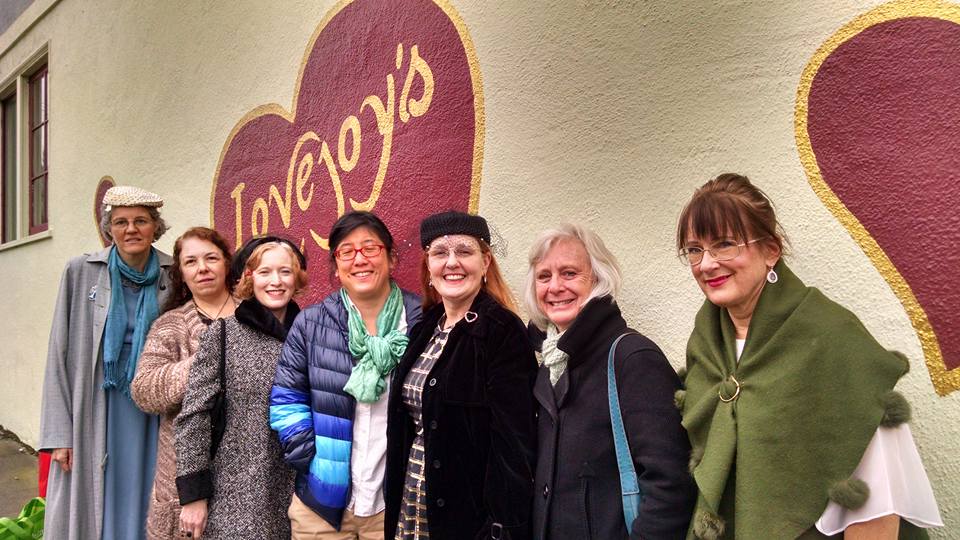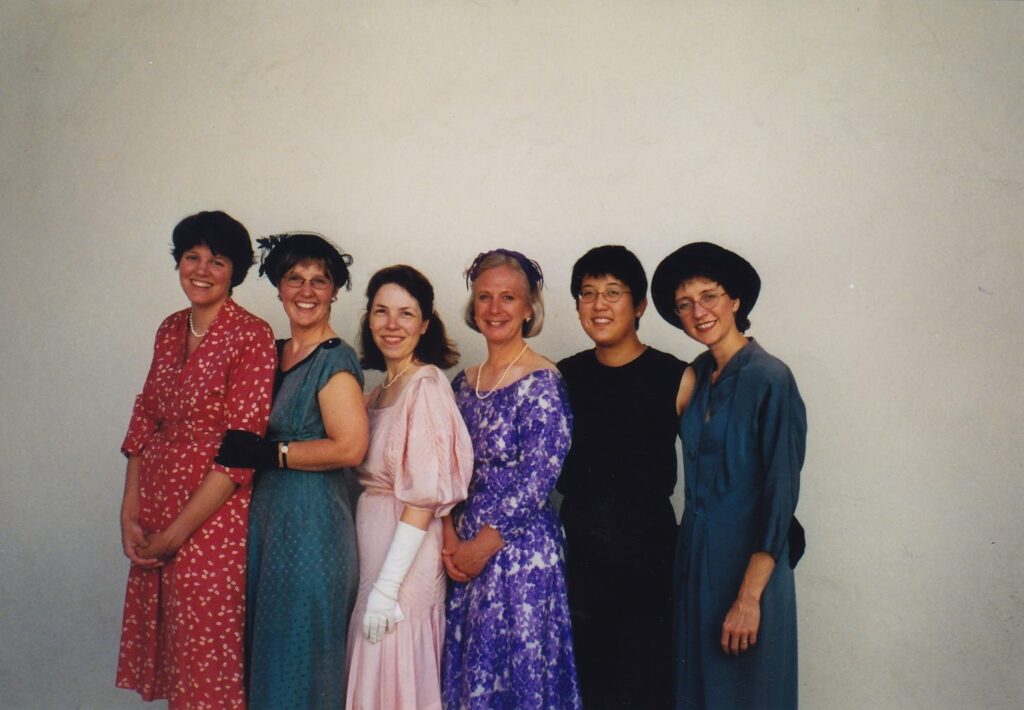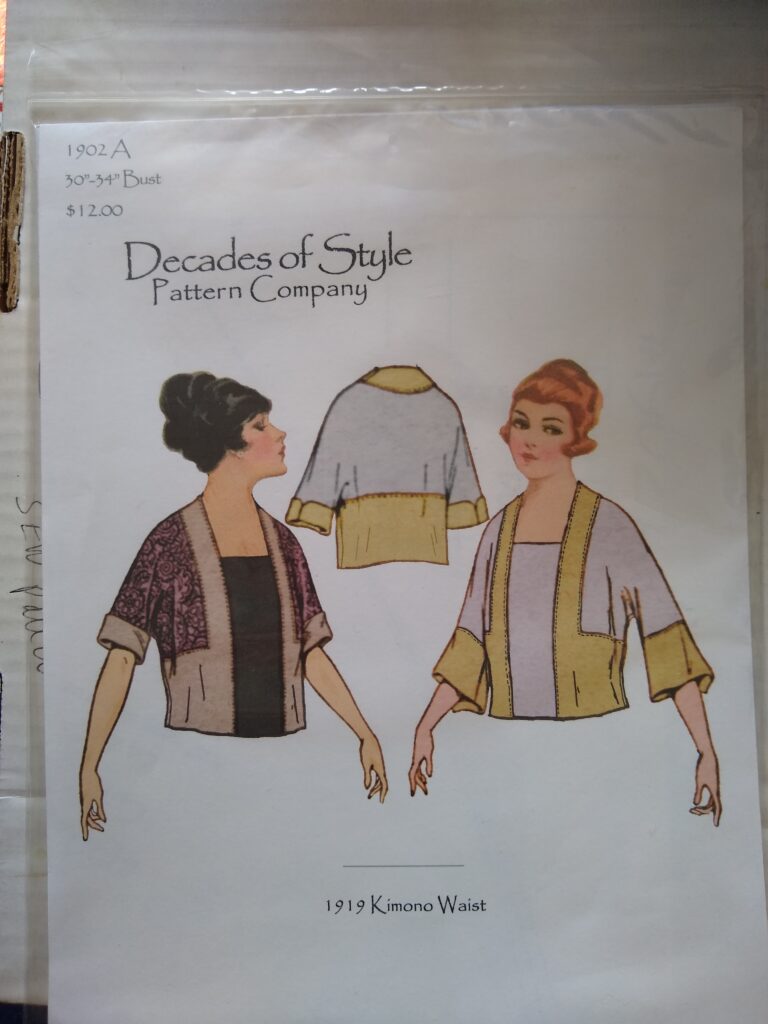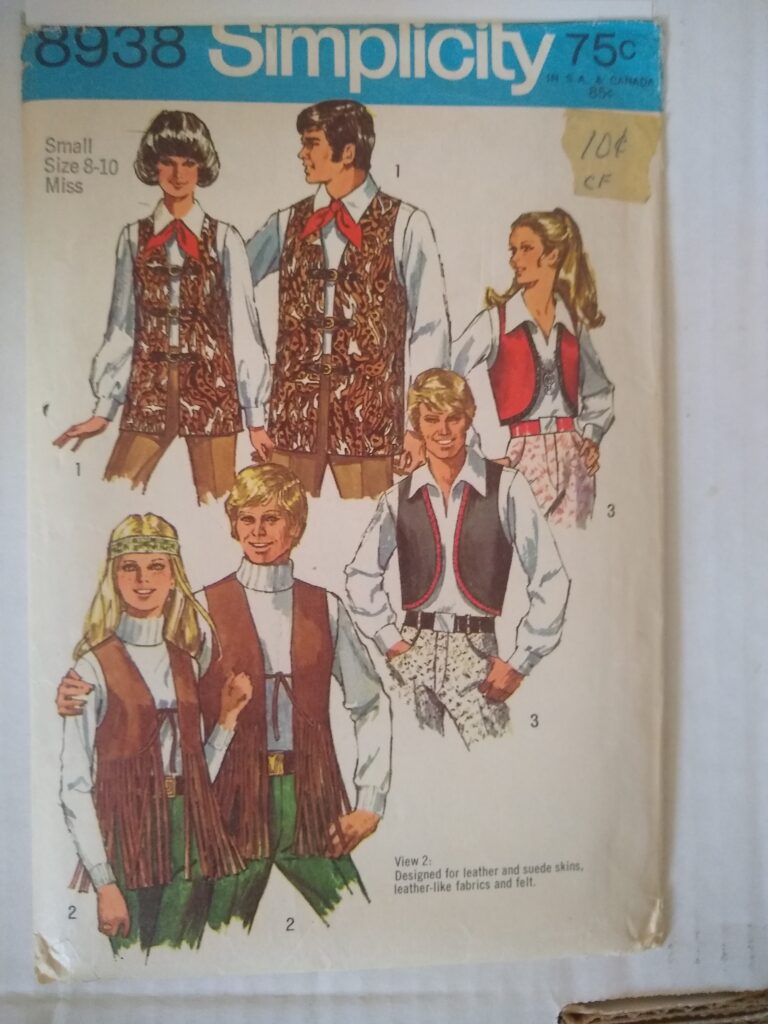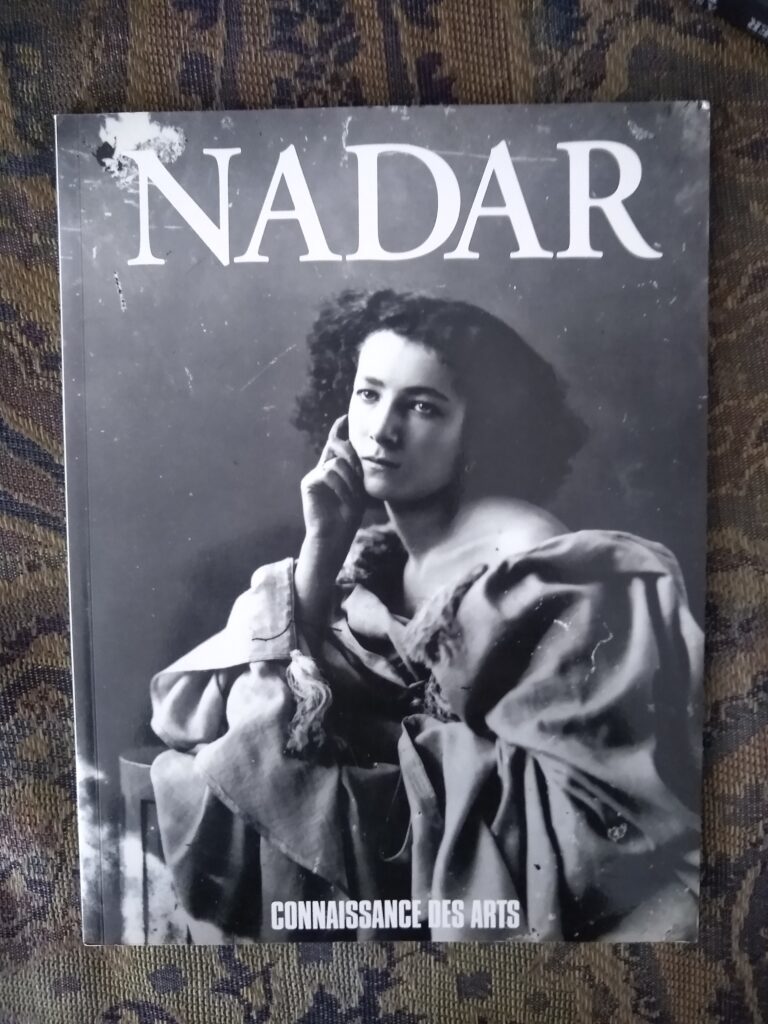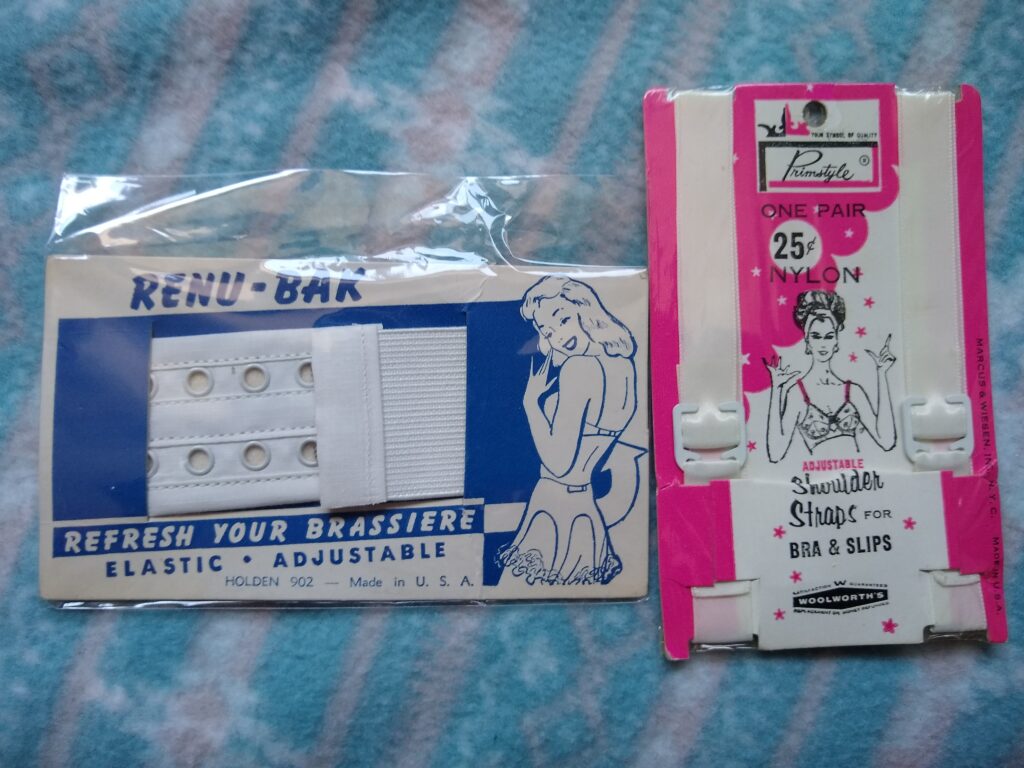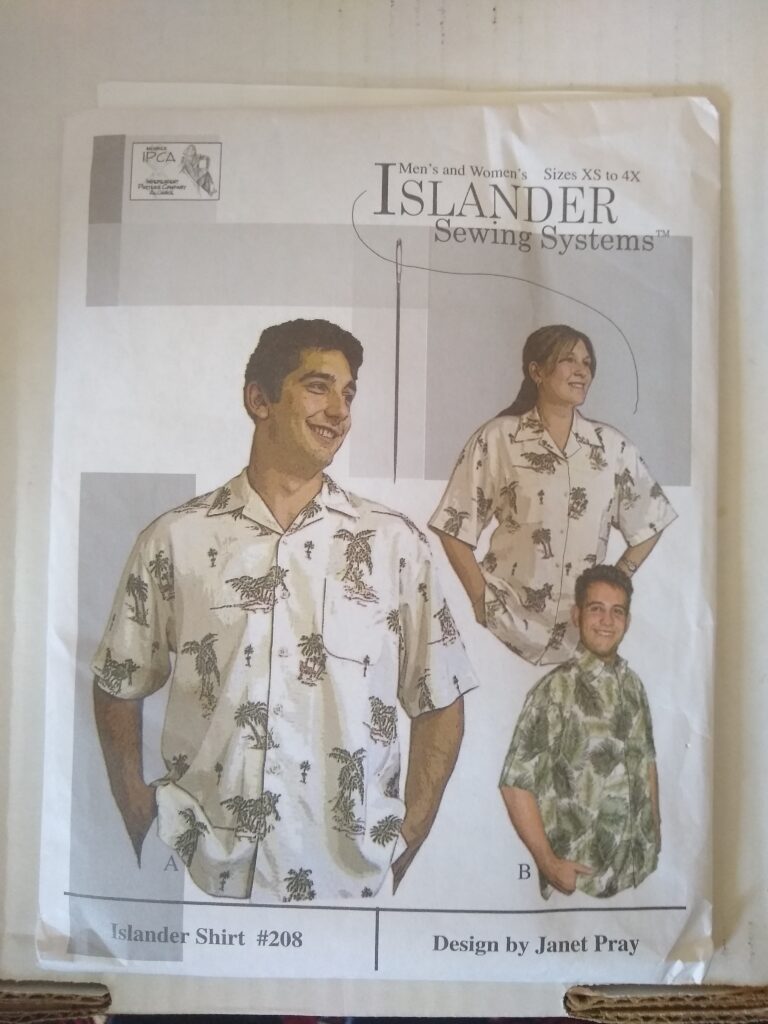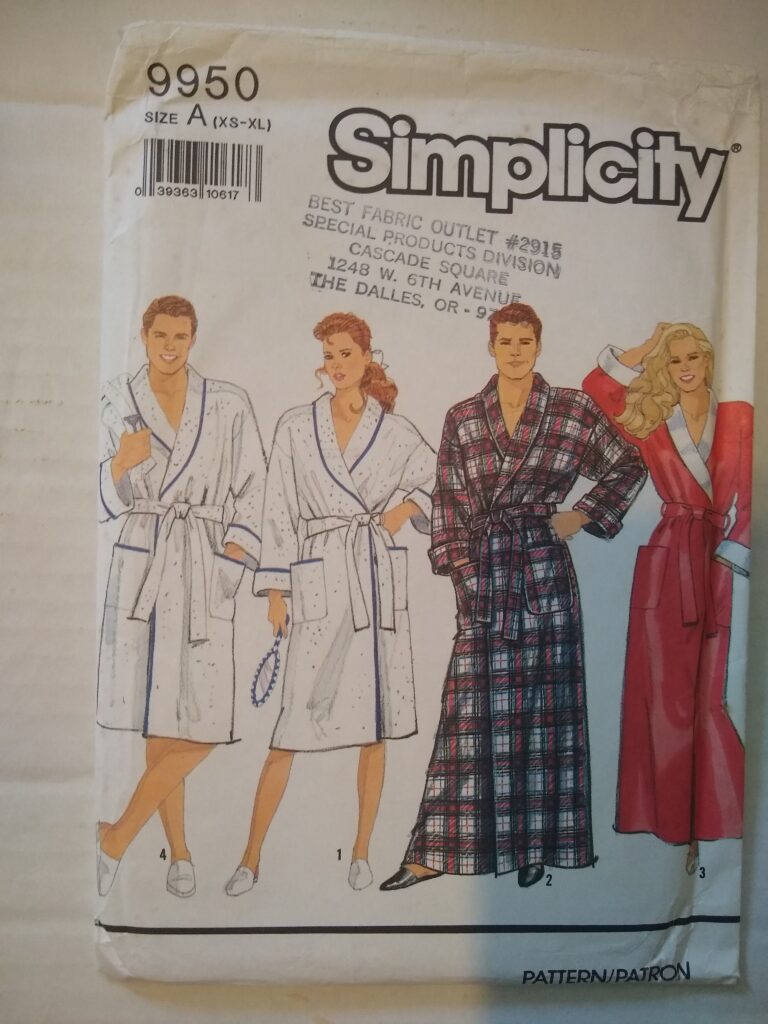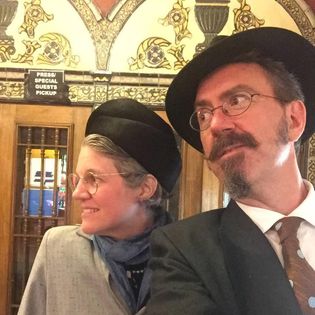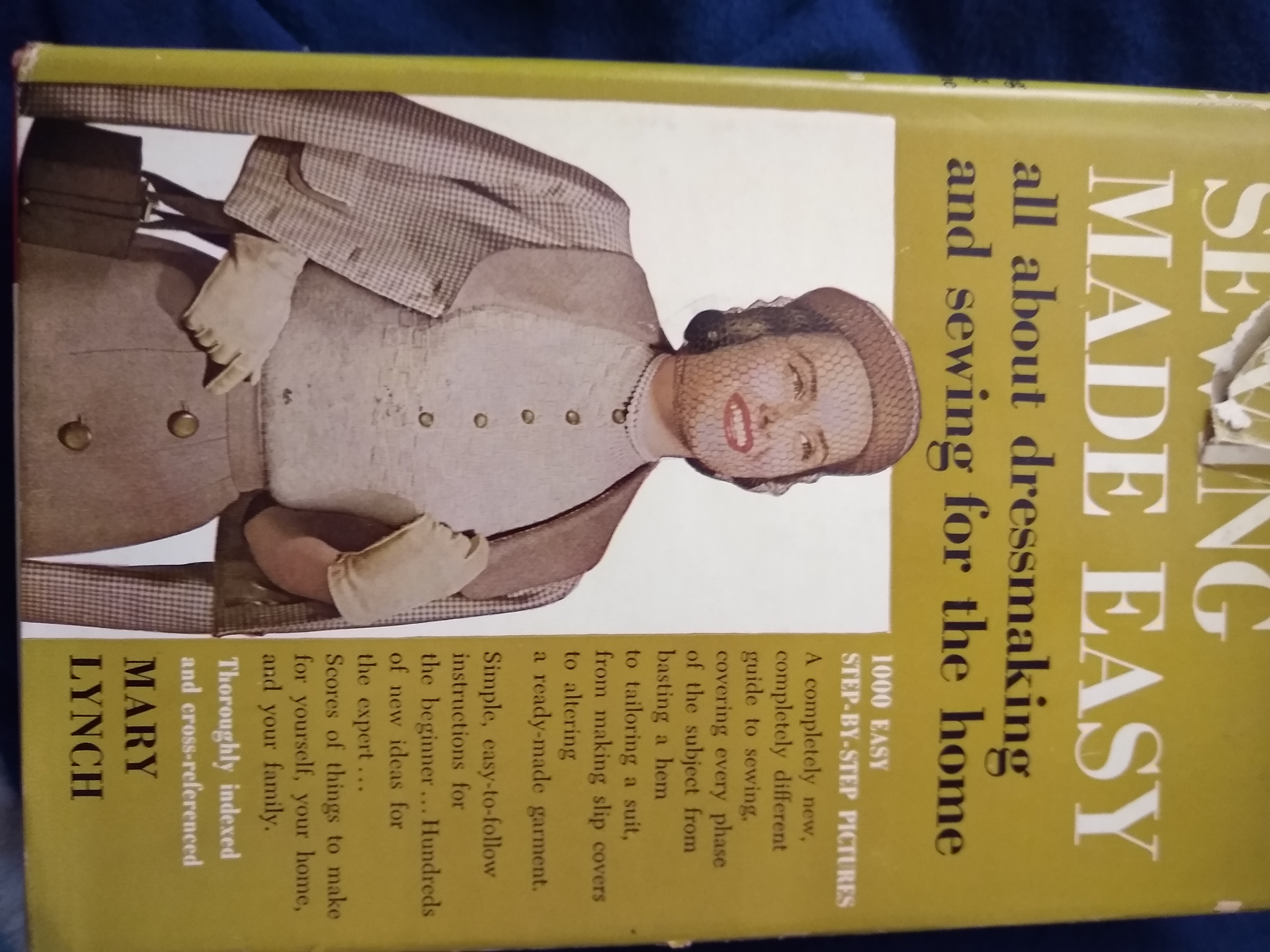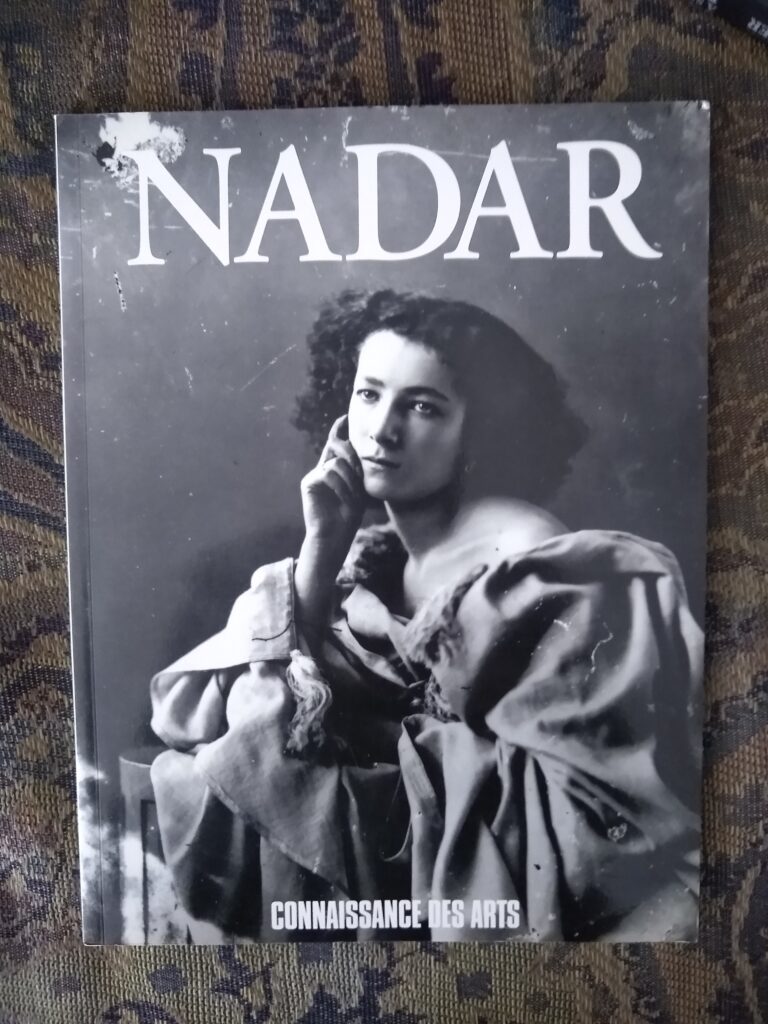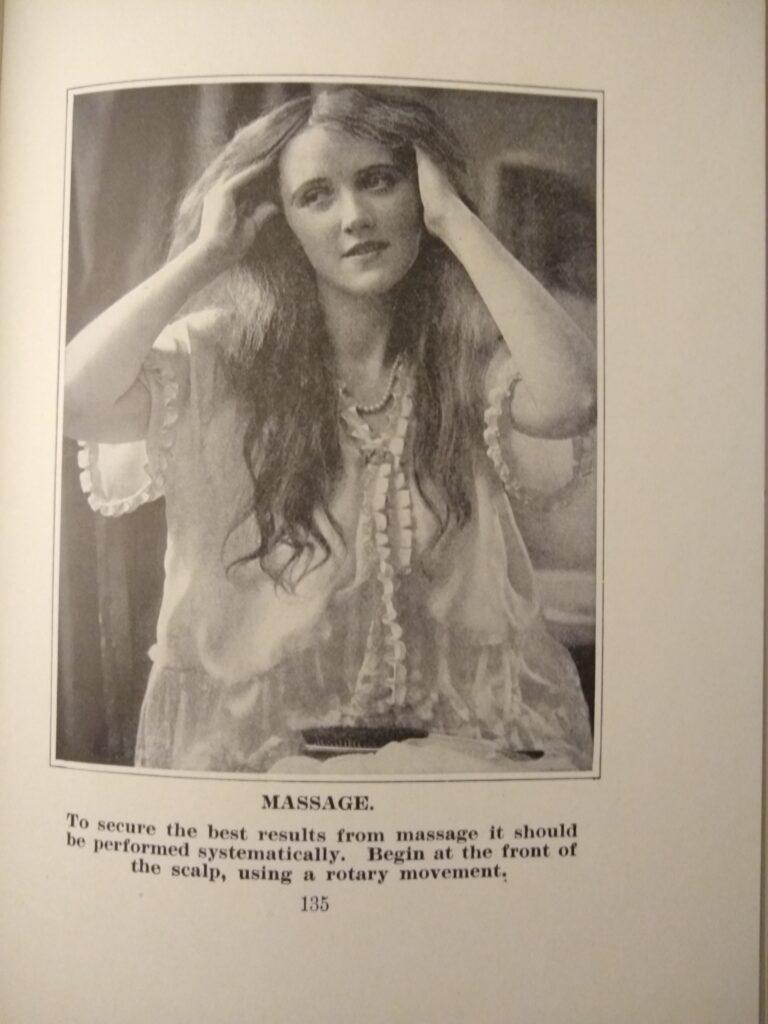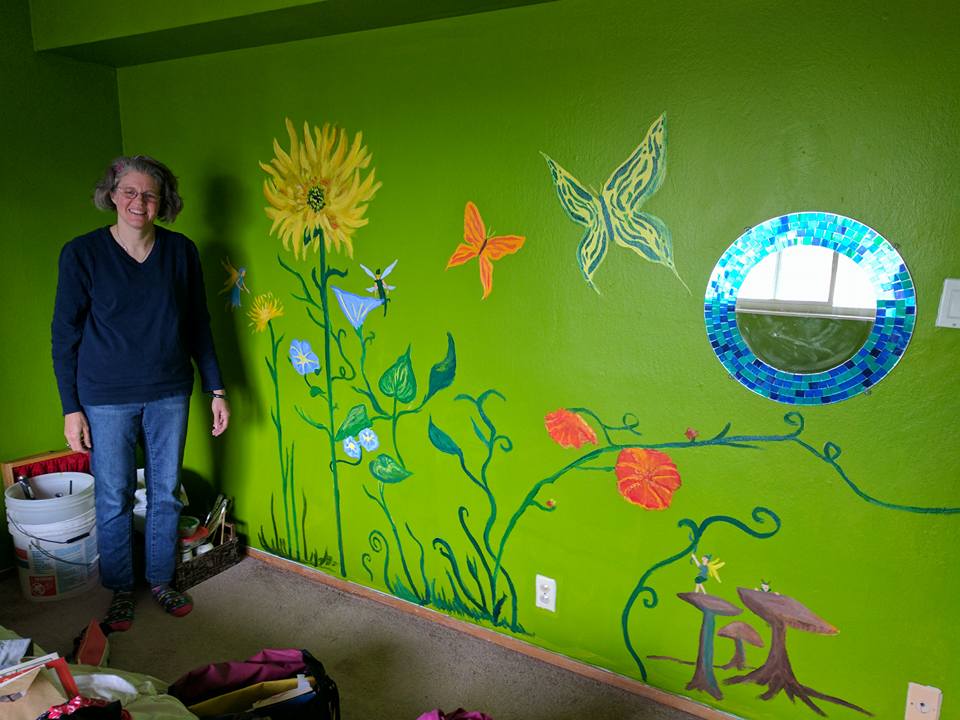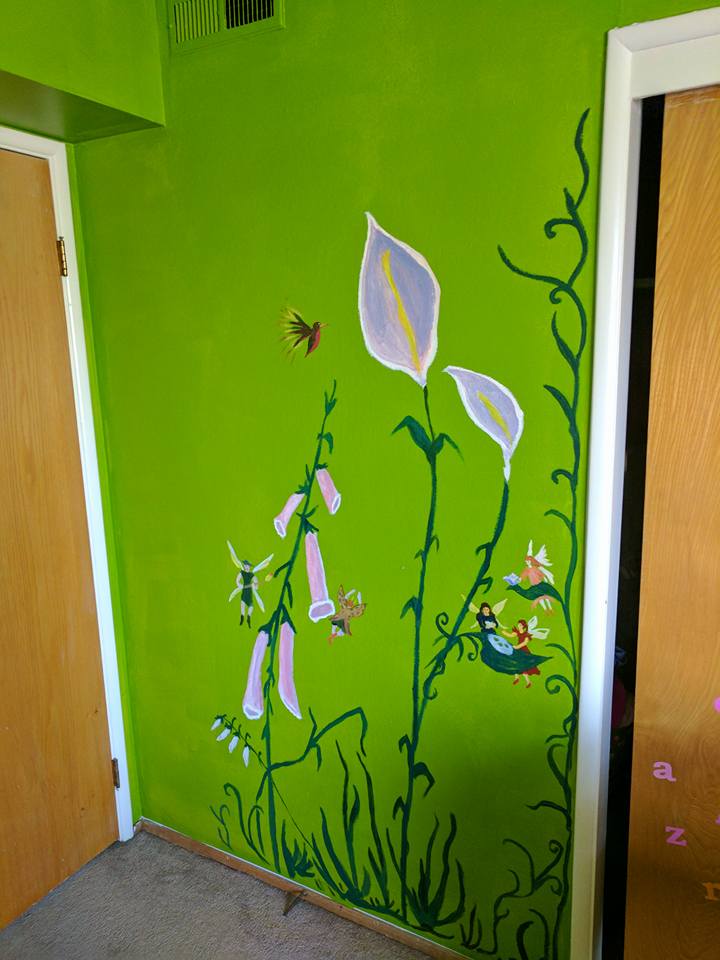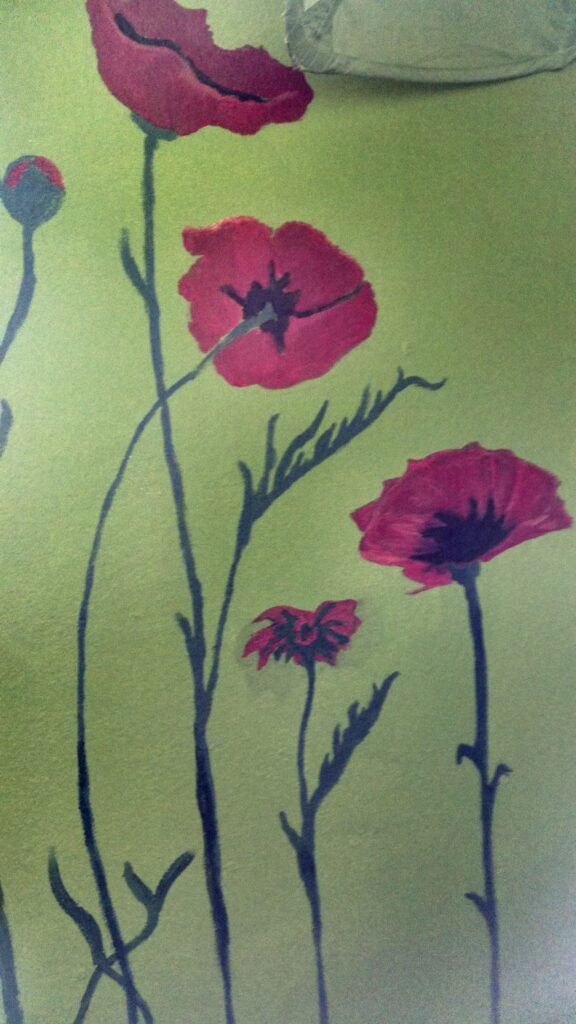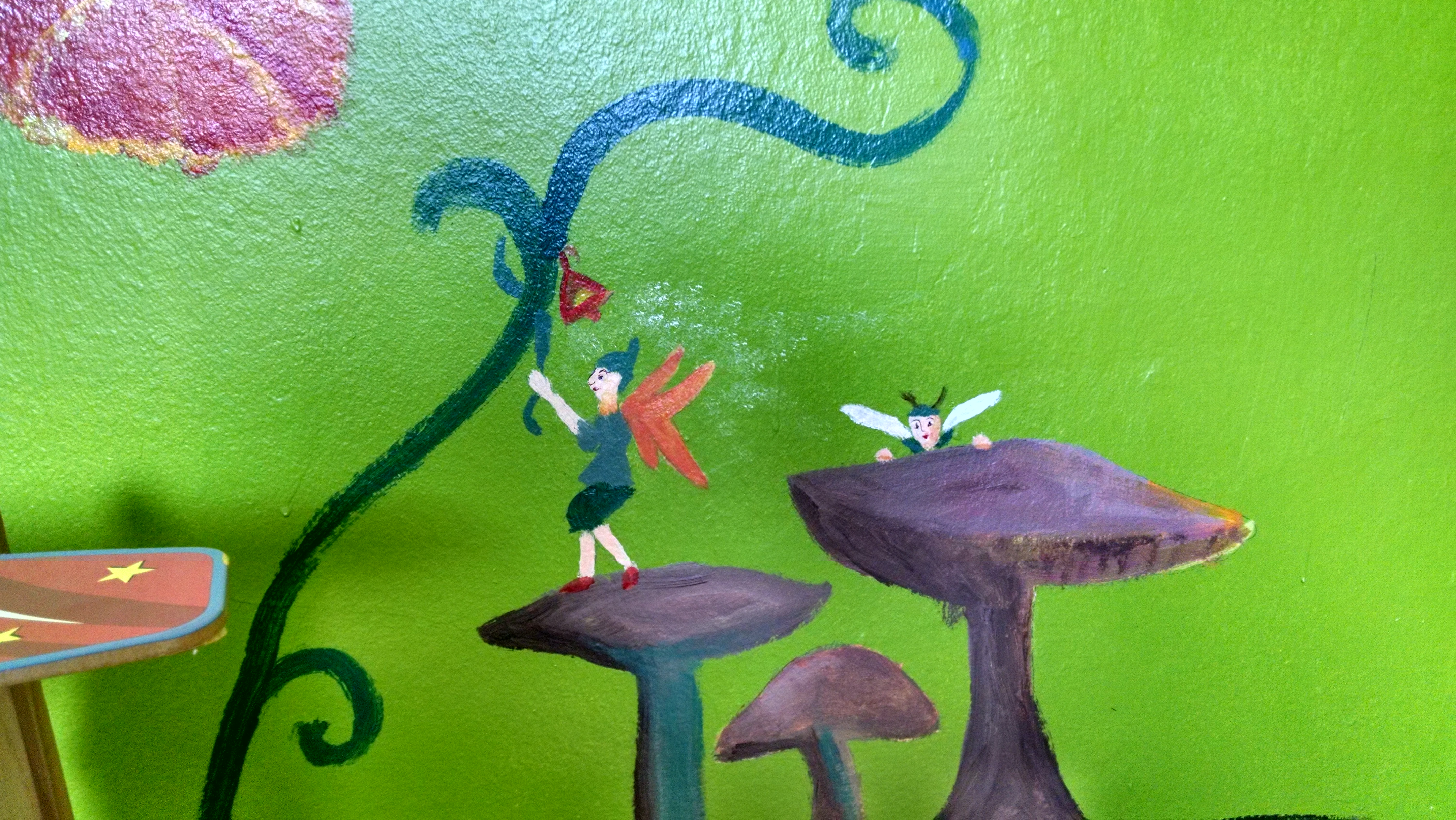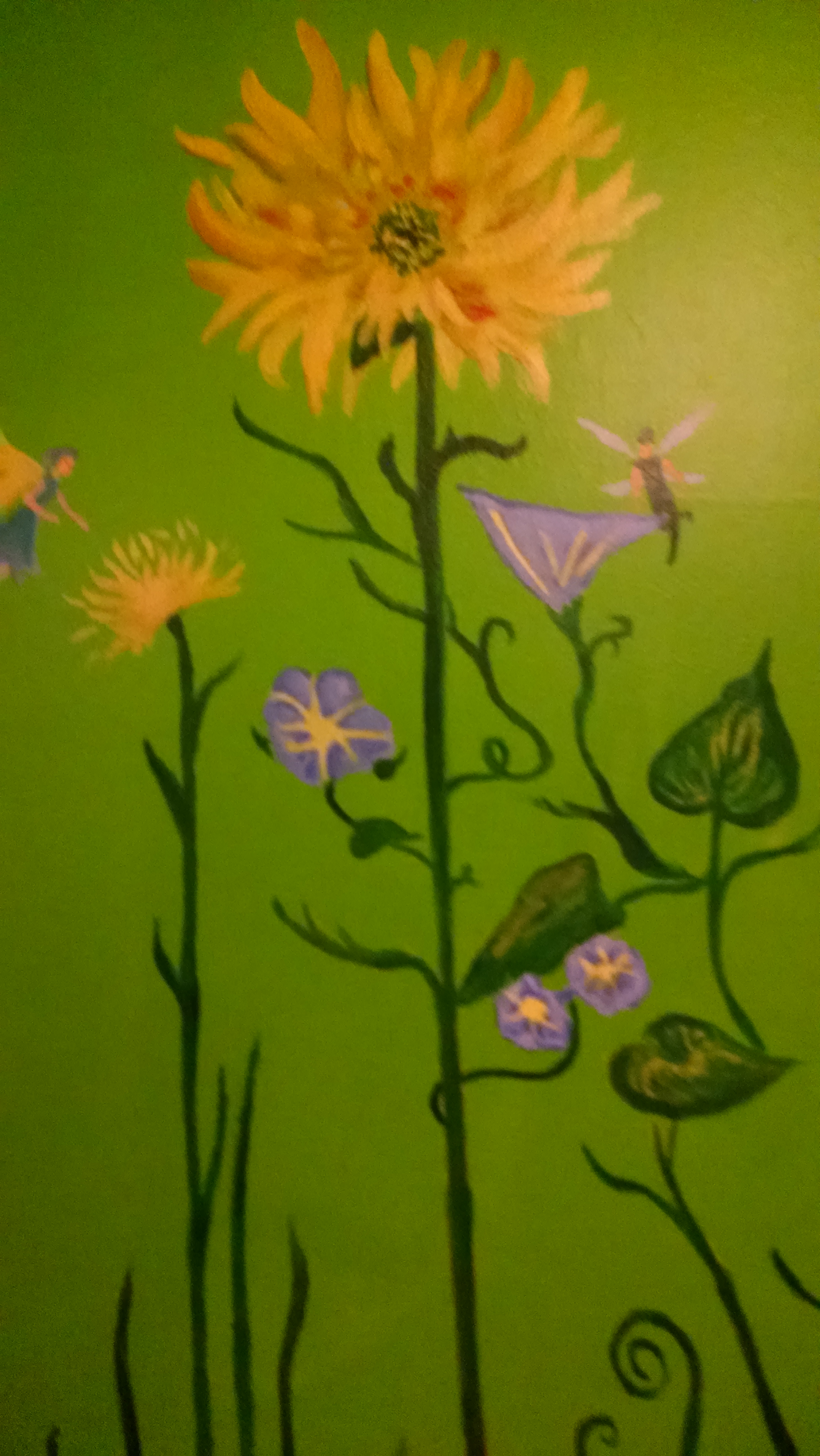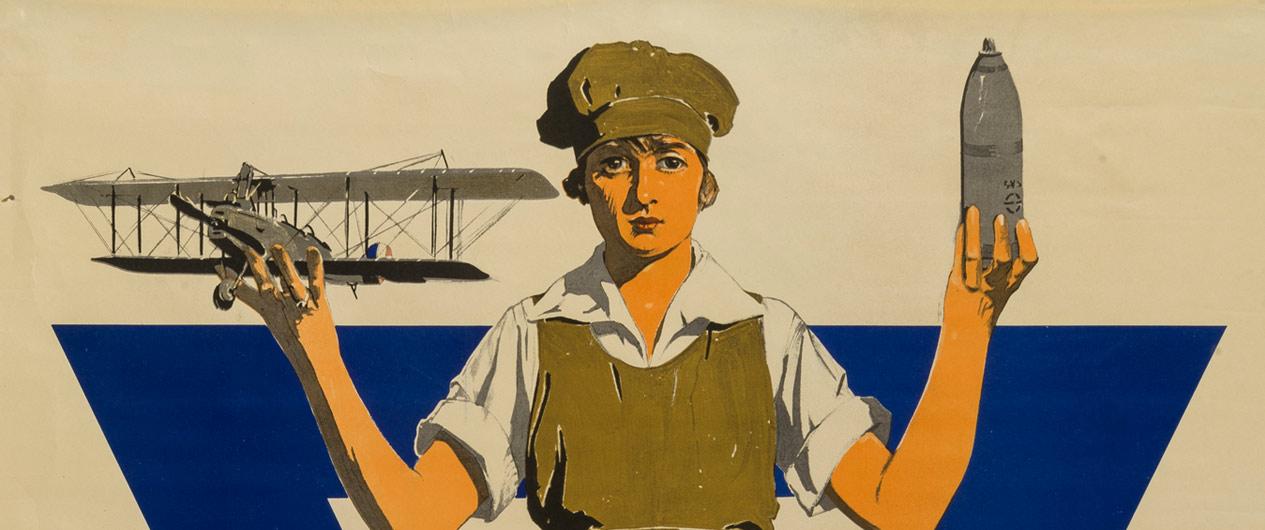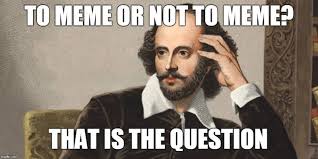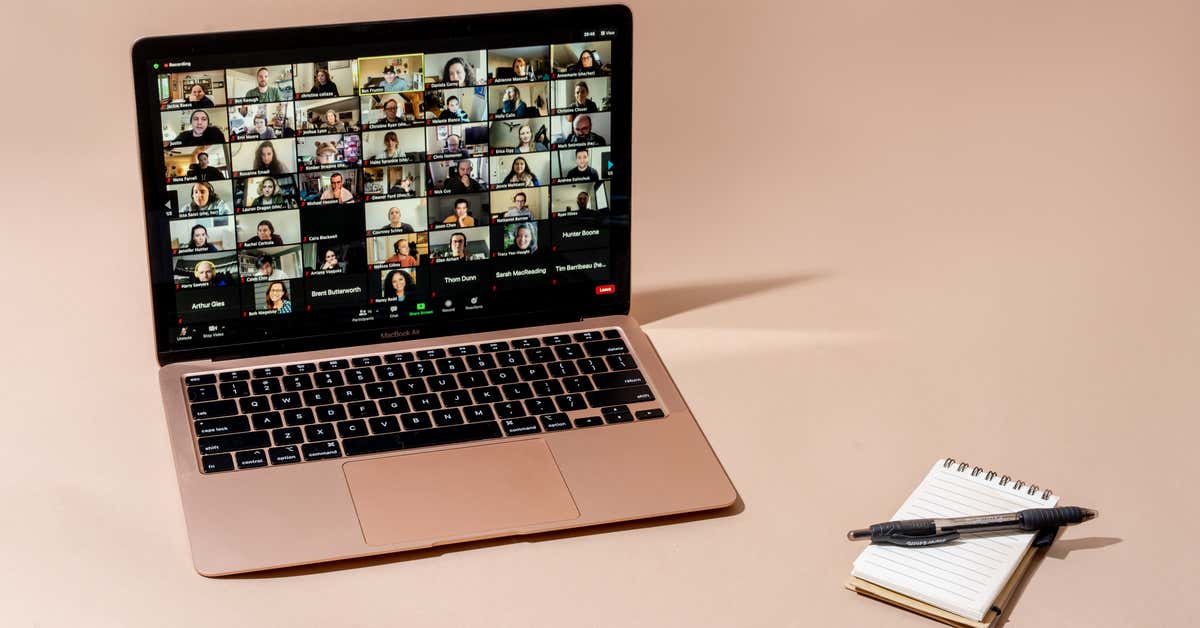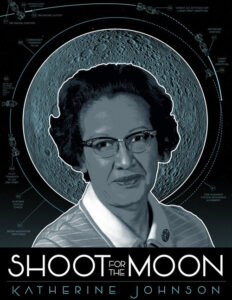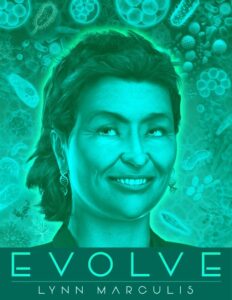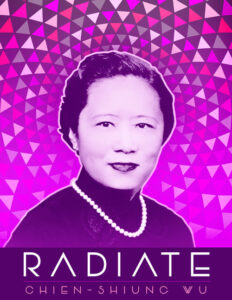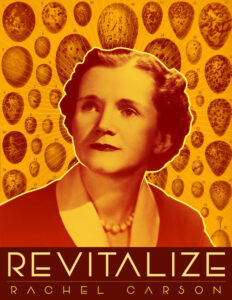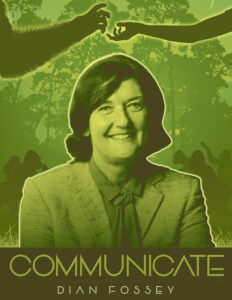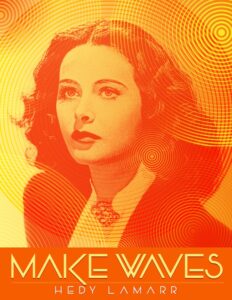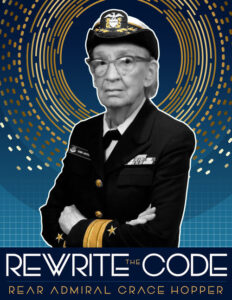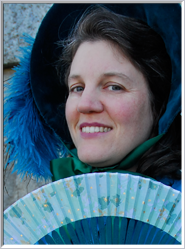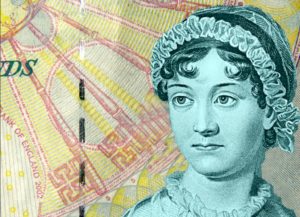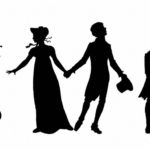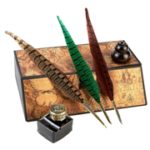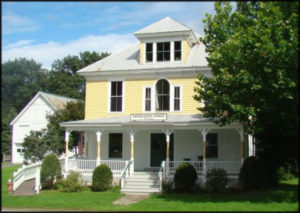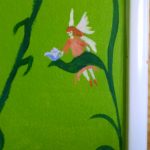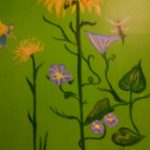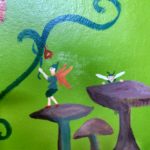
Recently, I have been asked to speak about a project near and dear to my heart, one to which I contributed many years of labor and creativity. I was able to work with excellent colleagues. Mills College is no more, but the history of the place, the lives of the women who found their way to this college are very vivid and compelling. The alumni want to keep this memory alive, just as we did in this oral history project, Fires of Wisdom.
For many years, I was active with my college’s Alumnae Association. I helped to found a group called Fires of Wisdom: the Mills College Alumnae Oral History Project. I had an internship as an undergraduate at Mills College. Our goal was to interview the eldest living alumnae and friends of the college first and to meet women who were returning to campus for their “golden” reunion of 50 years or more. We wanted to make these stories of traditions and memories available at the Mills College Library, so other researchers could have access to what we learned.
We went about doing interviews with the eldest of our college alumnae and Mills friends. We wrote curriculum and researched training methods for teaching volunteers how to conduct oral history interviews; we drew on the work of other oral history groups like the Regional Oral History Office at University of California at Berkeley. We initially found assistance from professors at Mills, like Marianne Sheldon and at other schools across the U.S. who were implementing this type of research. Oral history methodology at that time was not in the forefront of academia. In fact, when I begun this work, there was only one book on the topic at our campus library. All of the interviews, the teaching, the assistance for this project was done by volunteers like me, with very little funding from the Alumnae Association. Many years after we began this work, we combined forces with other scholars to archive our interviews with the Oakland Living History Project at the Mills Olin Library.
You can look up the archives of the Fires of Wisdom Mills College Alumnae Oral History Project in the Mills Olin Library here.
Mills College differed from the many colleges in the San Francisco Bay Area in that it is was, until recently, a women’s college for the undergraduate programs. After World War II, the graduate programs were coeducational. One of the most famous graduates of Mills was musician Dave Brubeck. You may have seen an amazing interview with Mr. Brubeck, a native of California, in Ken Burns’ jazz documentary.
Through our interviews we learned what campus and off-campus life was like in various decades before the 1990s. We heard about past traditions at the college, student perspectives on historical events and about the formidable personality, mission and rhetorical skills which comprised the character of Aurelia Henry Reinhardt, the college president from 1916-1943. During her time at Mills, Aurelia experienced two world wars and addressed issues of these conflicts openly and with a compassion that makes her unique. Her commitment to women’s education was inspiring. We began dedicating our work to this intriguing past president of the college when our volunteer group began doing Dramatic Readings at Mills College Reunions, complete with slide shows of our interviewees (also known as narrators) and with our group dressed in vintage dress to represent the decades of women we interviewed.

For this project, we made every effort to locate and interview alumnae of color and find people with diverse economic and cultural backgrounds, not just the famous folks with the most successful careers or those who already had the most written accounts or interviews of their lives. Those had already been done. We wanted to create a kind of mosaic of perspectives on life in the SF Bay Area during the tenure of President Reinhardt.
While I was at Mills College, (1992-1994) as a Resuming Student, I commuted to campus. I was a member of the the Mary Atkins resuming students’ lounge, where nontraditional-aged students could form study groups and support each other as we returned to school. Some of my classmates were over 40 years old, some were in their seventies. Many had children to support and jobs while completing their undergraduate degrees. I was 29 when I graduated with my Bachelor of Arts degree in American Studies, after many years of working and attending college part-time at other universities. The Olin Library on Mills campus was a refuge for me as was the Reinhardt Alumnae House, where I did much of my research and met up with advisers, interviewees and volunteers for the project.
During my 11 years of volunteering for the Alumnae Association, I made a lot of friends who were alumnae. I met students and college staff members. To thank volunteers for their time, we had to find a fun way to gather. So we started having tea.

Through Fires of Wisdom, which we named after the college’s anthem or hymn, the core group of volunteers started some new traditions and reclaimed some others. One is based on stories of Holiday Tea with the President Reinhardt. Several members of our group collect vintage clothing. Many of us just like hats. We all seem to like tea. So, we dress up, with our hats, gloves, shoes, purses and enjoy High Tea at Lovejoy’s Tea in San Francisco..
Although we have since archived all of the interviews we did with Mills College Alumnae and friends at the Olin Library, we still like to get together, dress up and share our stories. Here is this year’s photograph of our participants:
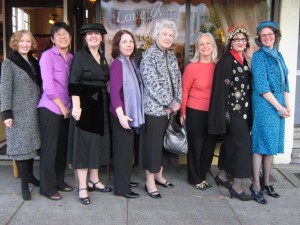
The other members of the group in the 2011 photo are, left to right: Moya Stone, Erika Young, Betsy McCall, Beth Woolbright, Jane King, Cecille Caterson, Kathleen McCrae and on the far right, Malvena Pearl’s Emporium proprietor, Suzette Lalime Davidson.
Please note that my dear friend Jane Cudlip King is at the center, in the photo, here. She graduated from Mills in 1942 and had done decades of volunteer service with the college. She prepared young people to take the S.A.T. and had the best memory for the works of Shakespeare quotations that I’ve ever encountered. She also did a great impression of President Aurelia Henry Reinhardt, with all of her vast elocutionary skills.
Two people who I meant to have in this photo were the other founders of the project: Kristen B. Caven and Penny Peak. We trained more than 30 volunteers for this project and only a handful are as enthusiastic about “dressing up” as we are.
We are grateful to Nancy MacKay, formerly of the Mills College Library, for assisting with the archive of all the interviews; Professor Marianne Sheldon, Professor Andy Workman and Professor Sherry Katz.
